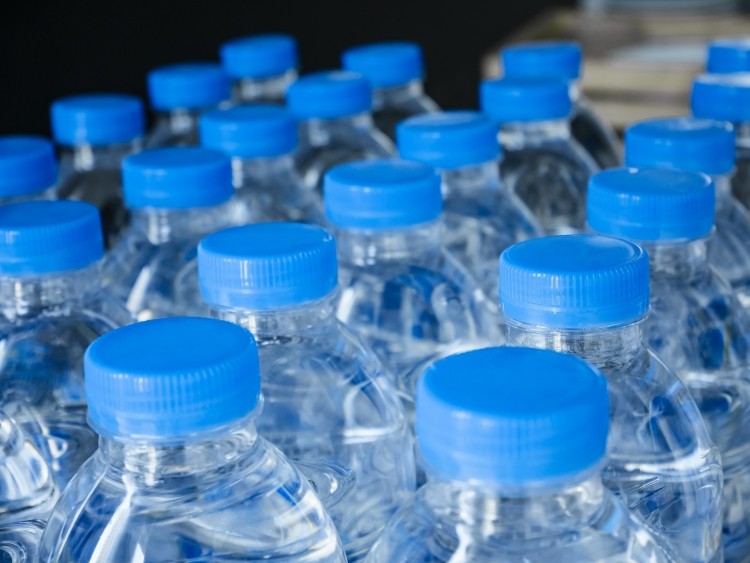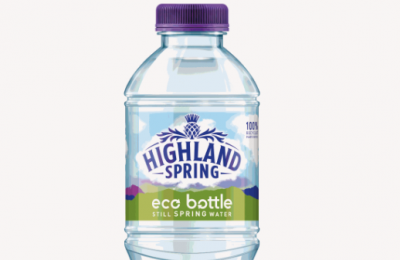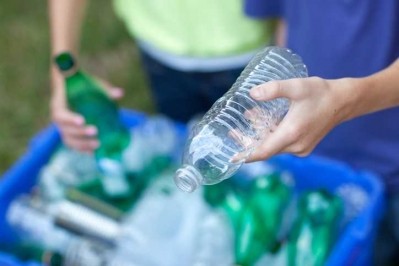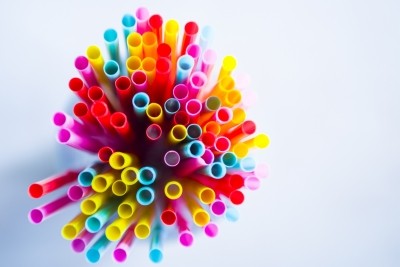Sustainability spotlight
Nestlé Waters on ‘unlocking the economic, social and environmental benefits of PET as a reusable resource’

Yesterday the food and beverage giant announced its plans to make 100% of its packaging across the business recyclable or re-usable by 2025, along with a vision for none of its packaging to end up in landfill or as litter. It follows similar pledges from other giants such as Coca-Cola (which wants the equivalent of 100% of its packaging to be collected or reused by 2030).
Within the Nestlé Waters division most packaging is already recyclable: but the company says the work will be in collecting and reusing PET.
Bottles, caps and secondary packaging
Nestlé Waters’ portfolio encompasses 50 brands across five continents, including global brands such as S. Pellegrino and Perrier and local brands such as Erikli in Turkey; Poland Spring in the US, Buxton in the UK and São Lourenço in Brazil.
It says almost 100% of its bottles are already recyclable, and it will be working towards addressing the exceptions.
“Nestlé Waters has an R&D team dedicated to packaging,” a spokesperson told BeverageDaily.
“We apply recyclable-by-design principles and carry out life-cycle analysis to minimize the environmental footprint of all new packaging.
“The very vast majority of plastic we use at Nestlé Waters is for primary packaging. Almost 100% of our bottles are already recyclable. We have identified very few exceptions and we are currently addressing the design of these products to ensure 100% of the bottles will be recyclable in the short term.
“The other types of plastic used for our caps, secondary and tertiary packaging are also fully recyclable in all countries that have the appropriate systems in place. If not, it will require case-by-case approach working with industry associations and plastic recyclers, in order to identify collectively the potential solutions.”
But while PET and glass are recyclable, the tricky part of its pledge comes in its vision for none of its packaging to end up in landfill or as litter.
“Consumers have an important role to play in helping recycling efforts through disposing of waste plastic properly,” says Nestlé.
“We have contributed to raising their awareness through various brand platforms and corporate educational programs such as R-Generation, implemented in Italy, Argentina, United Kingdom and Thailand.
“Nestlé Waters North America introduced clear and consistent How2Recyle instruction to the labels on half-liter bottles of all its major US brands. We aim to further leverage the strength of our brands to engage our consumers on recycling behaviors, through raising awareness and clearly informing our consumers about the right way of disposal and recycling of the product packaging.”
Achieving a circular economy with rPET
Earlier this year Nestle debuted a 100% rPET bottle in the North American market for its Pure Life brand. Across the industry Coca-Cola says it will commit to 50% rPET across its brands, while Danone brand evian has committed to 100% rPET globally by 2025.
Nestlé says that embracing a circular economy with PET as a reusable renewable will be important for the industry going forward.
“PET is a high value plastic that has the potential to achieve a circular economy model. Despite this, one out of two bottles are still not recycled, resulting in a significant amount of PET bottles ending up in landfills or as marine debris.
“We acknowledge the emergency and the amplitude of this challenge. This is why, as a global player in the bottled water industry, we fully embrace our responsibility in helping to unlock the full economic, social and environmental benefits of PET bottles as a reusable resource.
Nestlé says it is incorporating recycled PET (rPET) into its bottles where it deems it is 'technically and economically feasible'.
"For example, thanks to the high recycling rate of California residents, and with help from its strategic partner CarbonLITE, our Arrowhead brand in the United States now ensures that all its bottles made in California incorporate 50% post-consumer recycled plastic content. Most recently, our Nestlé Pure Life brand introduced of a 700-mL bottle made from 100% recycled plastic on retail store shelves in North America."
Sourcing high quality rPET
Nestlé raises the issue of sourcing suitable quantities of quality rPET, highlighting the need for growing collaboration to ensure its supply.
“Some of the existing waste management systems are plateauing in their ability to increase collection of PET bottles and to guarantee a viable sourcing of high-quality recycled PET (r-PET). This is why we welcome the growing consensus for strengthening collaboration between all stakeholders, be it at global or local scale.
“Indeed, we believe that only solutions that are embraced by the whole plastic value chain can make a real difference in boosting PET recycling rates and the availability of r-PET needed for increasing bottle-to-bottle application. We will also continue in the following years to support the development and scale-up of emerging technologies that may render food-contact r-PET more available and its sourcing more cost-efficient.”
Nestle commitments: How do they stack up?
Nestle’s company-wide targets include making 100% of its packaging recyclable or re-usable by 2025; alongside a vision for none of its packaging, including plastics, to end up in landfill or as litter.
Nestle says the main way to achieve its targets across the business (which includes food, confectionery and coffee sectors) will be through eliminating non-recyclable plastics, encouraging the use of plastics that allow better recycling rates, and eliminating or changing complex combinations of packaging materials.
Greenpeace, however, says the ambitions from the largest food and beverage company in the world ‘set an incredibly low standard and relies on ‘ambitions’ to do better.
“The company’s statement does not include clear targets to reduce and eventually phase out single-use plastics," it responded. "Instead, it announced “ambition” for its packaging to be 100% recyclable or reusable by 2025, plans for “continuing to increase the proportion of recycled plastics in packaging” without a clear timeline, and additional efforts to help facilitate recycling by consumers.”











